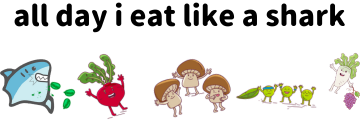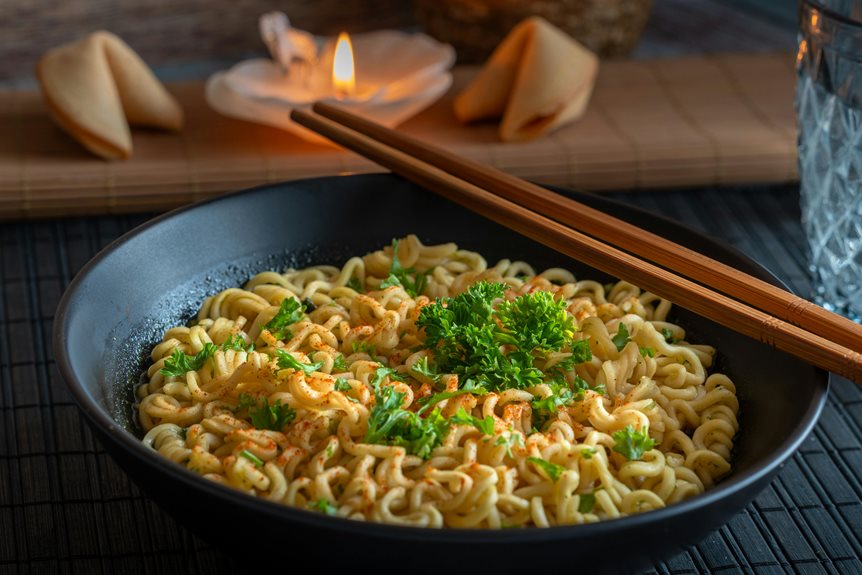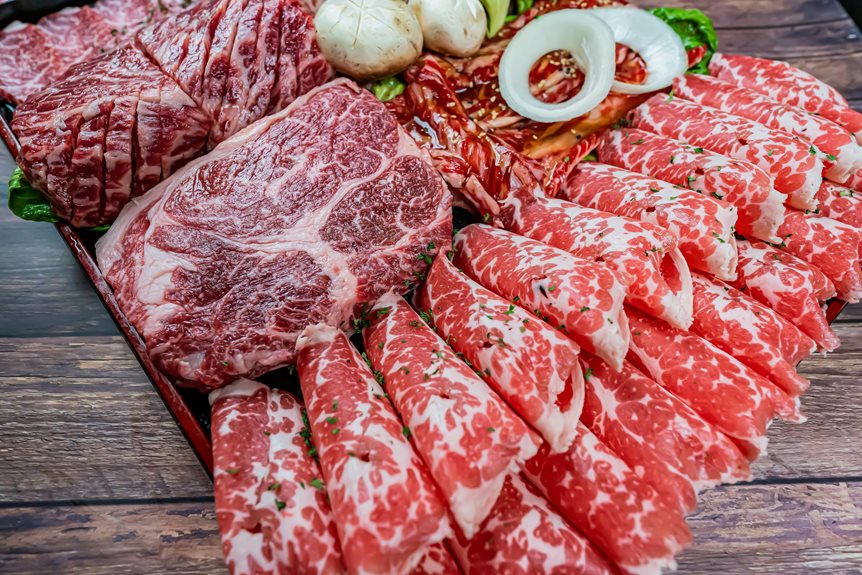You’ll discover Kagoshima ramen’s distinctive character in its silky, pork-based broth, which originated from a Yokohama nurse in 1947. Unlike its Kyushu counterparts, this soup features a milder taste achieved by simmering pork trotters, chicken bones, and aromatics for hours. The broth cradles thick wheat noodles, topped with tender Kagoshima black pork, crunchy bean sprouts, and wood ear fungus. This unique combination reveals just the beginning of what makes this regional specialty truly exceptional.
The Unique Story Behind Kagoshima Ramen
Unlike many of Japan’s famous ramen styles, Kagoshima ramen’s origin story stands apart thanks to its unique beginning in 1947.
You’ll discover its roots trace back to a Yokohama nurse who owned “Noboruya” and learned soup-making techniques from a Chinese patient. This distinctive origin explains why Kagoshima ramen developed independently from other Kyushu styles, particularly Kurume ramen.
What makes this style even more compelling is how it evolved from Chinese-inspired methods into something distinctly local. The noodles are crafted without traditional kansui, setting them apart from typical ramen preparations.
While other Kyushu regions embrace heavy, creamy tonkotsu broths, you’ll find Kagoshima’s version features a clearer, less greasy soup that combines pork and chicken bones with vegetables.
This thoughtful adaptation to local tastes has helped establish Kagoshima ramen as a cherished regional specialty.
Crafting the Perfect Multi-Layered Broth
The art of crafting Kagoshima ramen’s signature broth builds on its unique heritage through a meticulous multi-step process.
You’ll begin by boiling 2000g of pork trotters and 1000g of chicken bones, removing scum before rinsing them clean. After placing the bones in a stock pot, you’ll add leeks, onions, shiitake mushrooms, apple, carrot, garlic, and ginger.
Maintain a gentle simmer for 4 hours, regularly skimming off impurities to guarantee clarity. For enhanced umami depth, add bonito flakes near the end of cooking.
The vital step comes after: scrape the tender fat and skin from the trotters, then puree them back into the broth. This distinctive technique creates the creamy richness that defines Kagoshima ramen.
Finally, strain the mixture and balance the flavors with sake, mirin, and salt until you achieve the perfect depth.
Essential Ingredients That Define the Flavor
Mastering Kagoshima ramen relies on carefully selected ingredients that create its distinctive flavor profile.
You’ll need to start with a foundation of pork trotters (1.5-2kg) and chicken bones (1kg), which provide the broth’s rich, creamy texture. Add dashi stock and dried shiitake mushrooms to build layers of umami.
For the meat, you’ll want to focus on Kagoshima black pork, known for its exceptional texture and high umami content. You can enhance your ramen further with chashu or braised pork.
Top your creation with precisely cut green onions, crisp bean sprouts, and wood ear fungus for textural contrast. Don’t forget the aromatic elements – toasted garlic, sake, and mirin will elevate your broth’s complexity. The broth should maintain a low-fat profile characteristic of authentic Kagoshima ramen.
Season carefully with salt to achieve the perfect balance.
The Art of Noodle Selection and Preparation
Selecting the right noodles for Kagoshima ramen plays an essential role in achieving its authentic taste and texture. You’ll find these noodles are typically made from wheat flour, salt, water, and kansui, resulting in a softer, straighter style than other ramen varieties.
To master your noodle preparation, control the water-to-dough ratio carefully – more water creates softer noodles, while less produces firmer ones. When cooking, boil the noodles for about 12 minutes and strain them thoroughly to prevent diluting your broth. Premade udon noodles can serve as an excellent substitute for traditional ramen noodles.
The kansui in the dough helps your noodles absorb the broth’s rich flavors effectively.
While some shops like Komurasaki opt for thin rice vermicelli, most Kagoshima establishments prefer slightly thicker wheat noodles that complement their signature mild, rich broth.
Traditional Toppings and Their Significance
When crafting authentic Kagoshima ramen, traditional toppings play a crucial role in balancing flavors, textures, and visual appeal.
You’ll want to start with Kagoshima black pork, renowned for its exceptional umami and tenderness, either as chashu or char siu. Layer your bowl with crunchy elements like bean sprouts and wood ear fungus to contrast the silky noodles.
For depth of flavor, incorporate marinated boiled eggs, scorched scallions, and pickled ginger. These elements create a harmonious blend of salty, tangy, and smoky notes. The presentation demonstrates how regional culinary creativity has shaped distinctive local interpretations of this beloved dish.
Don’t overlook the visual composition – arrange your toppings strategically, using chopped spring onions and toasted garlic as garnishes.
The final touch should include a drizzle of aromatic oil, which not only enhances the presentation but also adds an enticing fragrance to your bowl.
Step-by-Step Cooking Process
Creating authentic Kagoshima ramen begins with a meticulously prepared pork and chicken-based broth.
You’ll start by briefly boiling pork trotters and chicken bones, draining them, then combining them with kelp, green onions, and aromatics in fresh water. Let this mixture simmer for 4 hours before straining. You’ll need 480ml of water for proper preparation.
Next, you’ll enhance your broth by pureeing tender fat and skin from the trotters and incorporating it back into the soup. Add your preferred seasonings, including soy sauce, sake, and mirin.
While the broth simmers, prepare your noodles in a separate pot according to package instructions.
Finally, assemble your bowl by searing chashu pork, scorching scallions, and arranging your chosen toppings. Don’t forget classic additions like bean sprouts and boiled eggs for texture and completeness.
Regional Impact on Japanese Ramen Culture
Beyond the meticulous preparation methods, Kagoshima ramen stands as a proof to Japan’s diverse regional food culture.
You’ll find this unique style breaks from the traditional Kyushu ramen patterns, as it’s the only variety not influenced by Kurume ramen.
When you explore Kagoshima’s ramen culture, you’ll discover how it strengthens local identity and drives culinary tourism. The distinctive semi-murky soup sets it apart from other regional varieties.
Since its inception in 1947 with Noboruya, followed by Komurasaki in 1949, this distinct style has carved its own path in Japan’s ramen landscape.
The region’s shops maintain their individual recipes while preserving core characteristics like soft, straight noodles and tonkotsu-based broth.
You’ll notice how Kagoshima ramen exemplifies Japan’s ability to foster unique regional interpretations while maintaining cultural significance in the broader ramen world.







Konnichiwa! (Hello!) I'm Pat Tokuyama, a Japanese tofu cookbook author, who travels for music, food, and adventure. If you like Japanese tea, checkout some of the newestorganic japanese tea, matcha bowls and noren and more!
** Curious about the Plant Based Japanese Cooking Club? ** Learn more here!